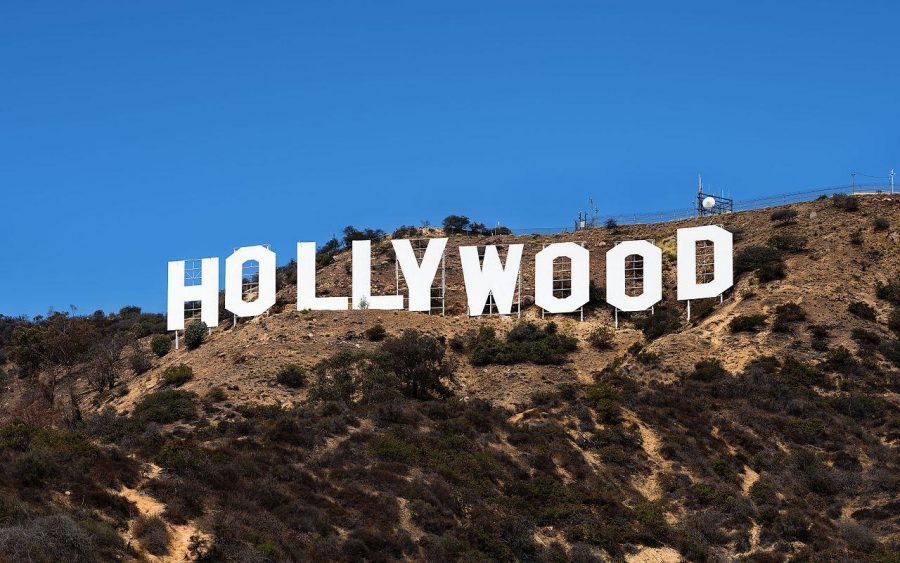In recent memory, film producers have rapidly churned out movies diverse in culture, featured minorities and race. Prominent films such as “Get Out”, “Black Panther” and “The Black Klansman” have raised commonplace awareness of ethnic issues that need to be discussed today. These films were predominantly about African and African-American cultures, displaying them in a new light and bringing awareness to the prevalent bigotry of contemporary America. One film that should have carried a similar impact is “Crazy Rich Asians”.
“Crazy Rich Asians” was one of the first American blockbuster movies in several years to feature a predominantly Asian cast. Its production battled the lack of representation, as well as occasional misrepresentation, of Asians and Asian-Americans in Hollywood. As a Korean-American, I was ecstatic that the film came out and I was even further delighted to find out that it was a rather well-made film, offering scenes that leave a lasting impression and a strong cast that properly conveyed their emotions so that the audience could better empathize with them. While I did enjoy the film and all it had to offer, I can say that “Crazy Rich Asians” wasn’t enough. It was rather lackluster in its portrayal of Asians and Asian-Americans.
To be clear, Asians are an extremely diverse group, with each of its subsets distinct from one another. In “Crazy Rich Asians”, not all of these groups were portrayed as depicting all of Asia’s ethnics groups would be impossible for one film to accomplish. Yet, even so, it lacked Asian representation outside of Singaporeans, who are essentially an already westernized version of Asians, and a single Asian-American, albeit one who was the focal point of the story. The representation was even more frustrating in that the featured Singaporeans were extremely wealthy — hence the title of the movie and book. This only narrowed the film’s scope further as few Asians, let alone people in general, have so much accumulated wealth and can live so lavishly. The reality of most Asian-Americans more closely resembles that of the main character, Rachel Chu, who grew up in conditions far worse than that of the depicted Singaporeans. Her inclusion was the sole bright spot in an otherwise unrealistic film, shedding light on Asian-Americans who struggle to acclimate to American culture. For Rachel to be the only realistic representation in the production was a flaw. The film, although it may have strayed from the book, could have incorporated more Asian-Americans outside of the westernized country of Singapore in order to better depict various ethnic cultures, even subtly.
Don’t get me wrong — the movie was great. It held my attention the entire time and proved to be a big step forward for Asians in Hollywood and the film industry in general. While I believe it could have incorporated a greater variety of Asian cultures, I also believe that it is nonetheless a strong springboard to propel Asians and Asian-Americans onto the film and media scene, and it provides momentum for similar films in the future. Hopefully, “Crazy Rich Asians” will pave the way for more films about cultures and ethnic groups in America today.


